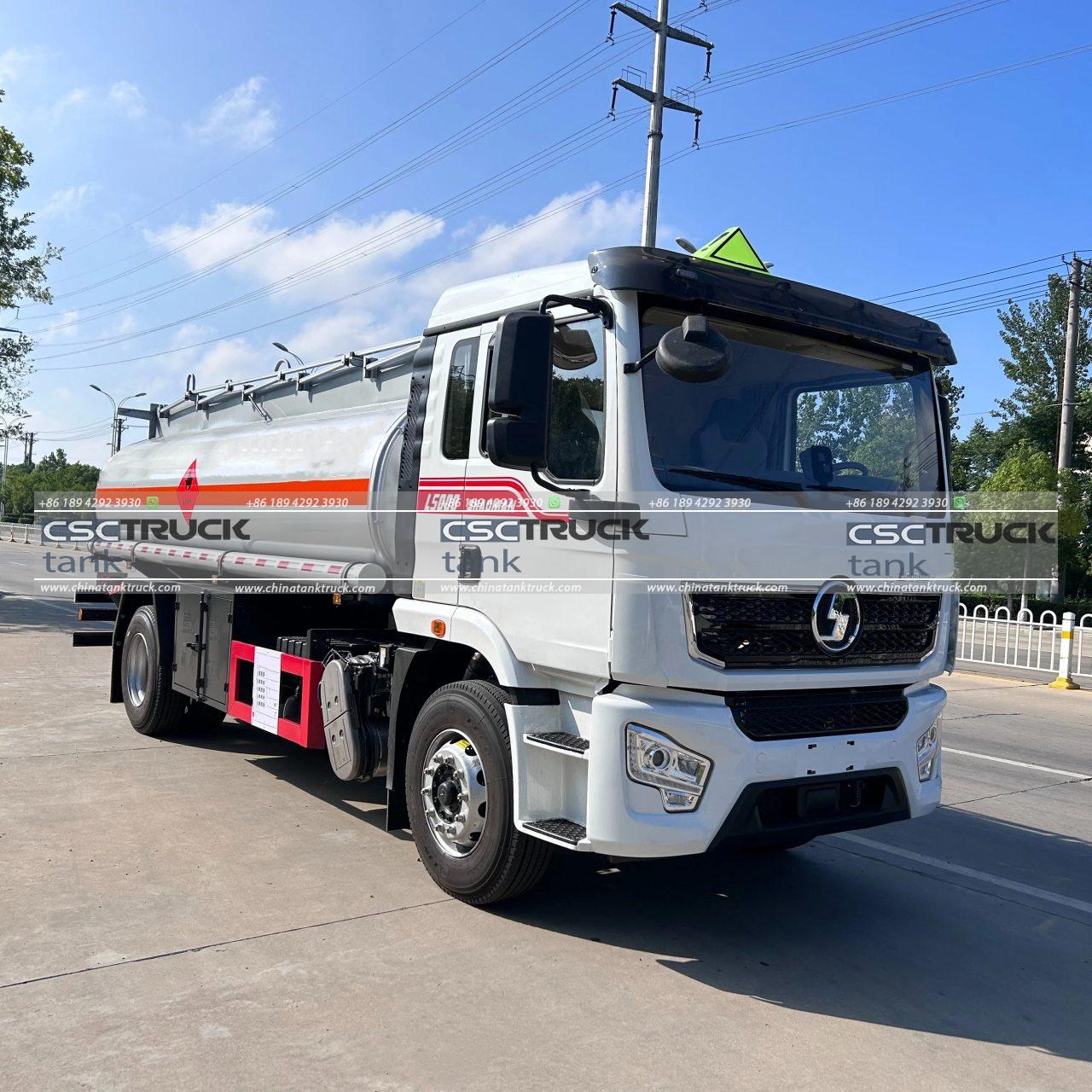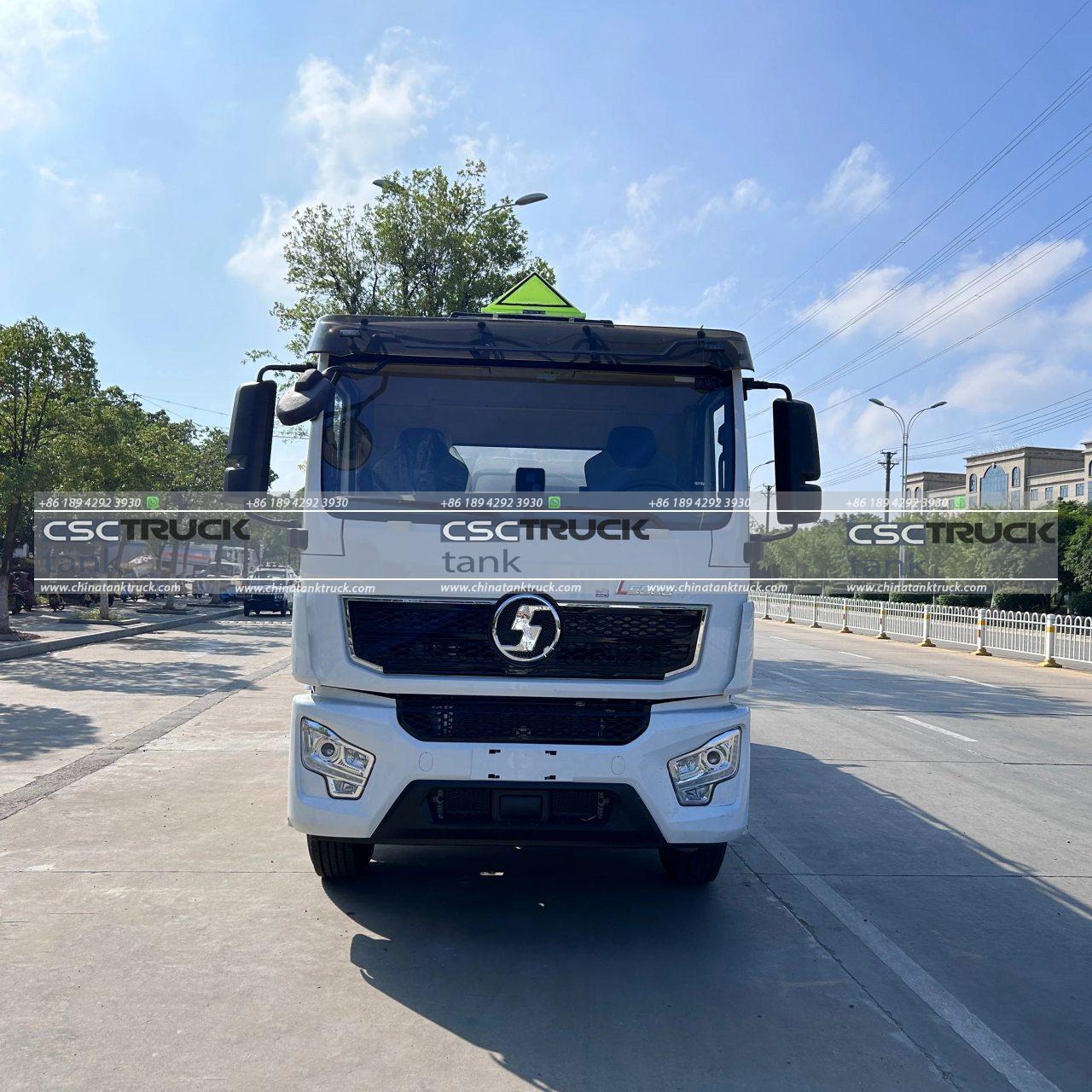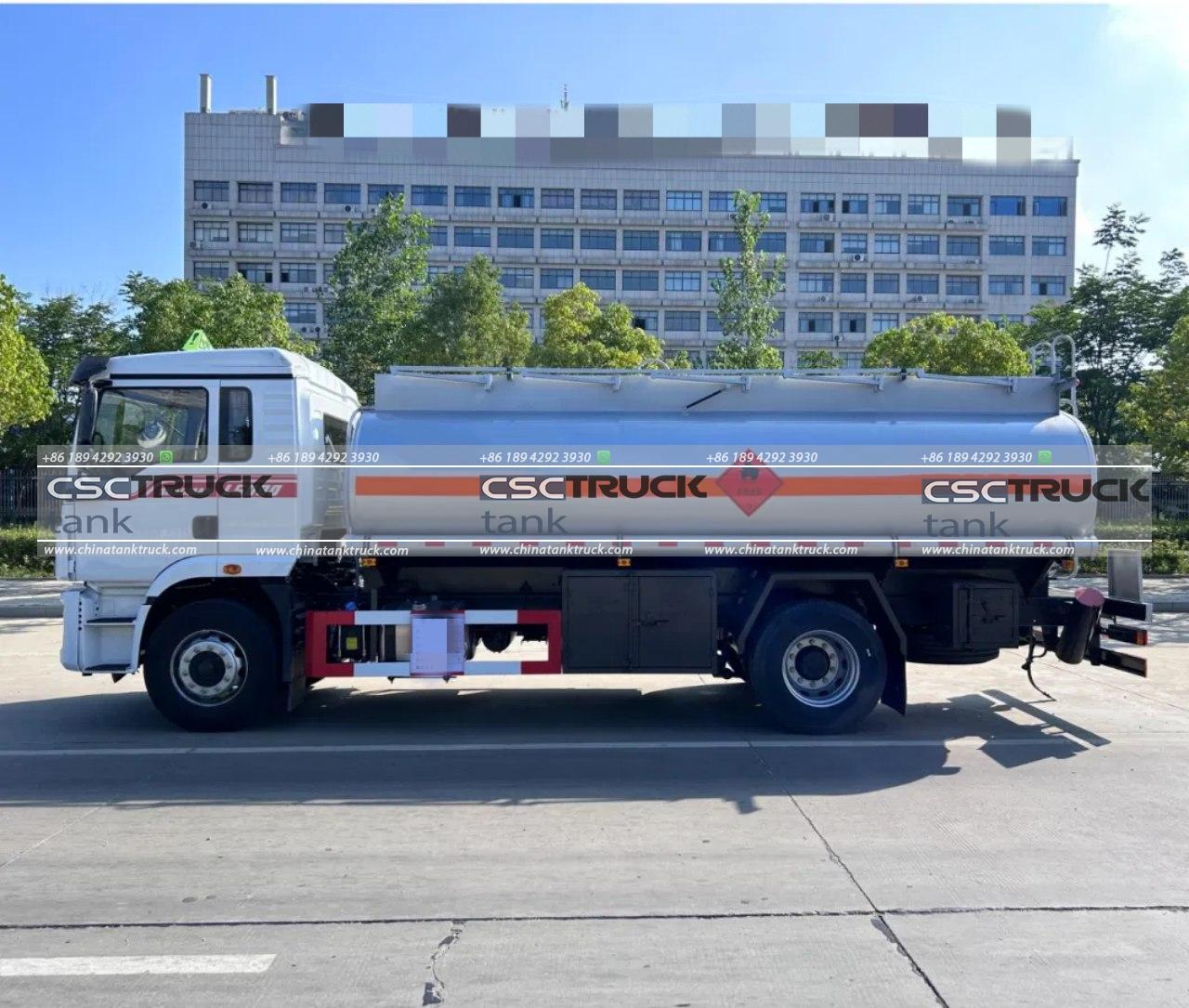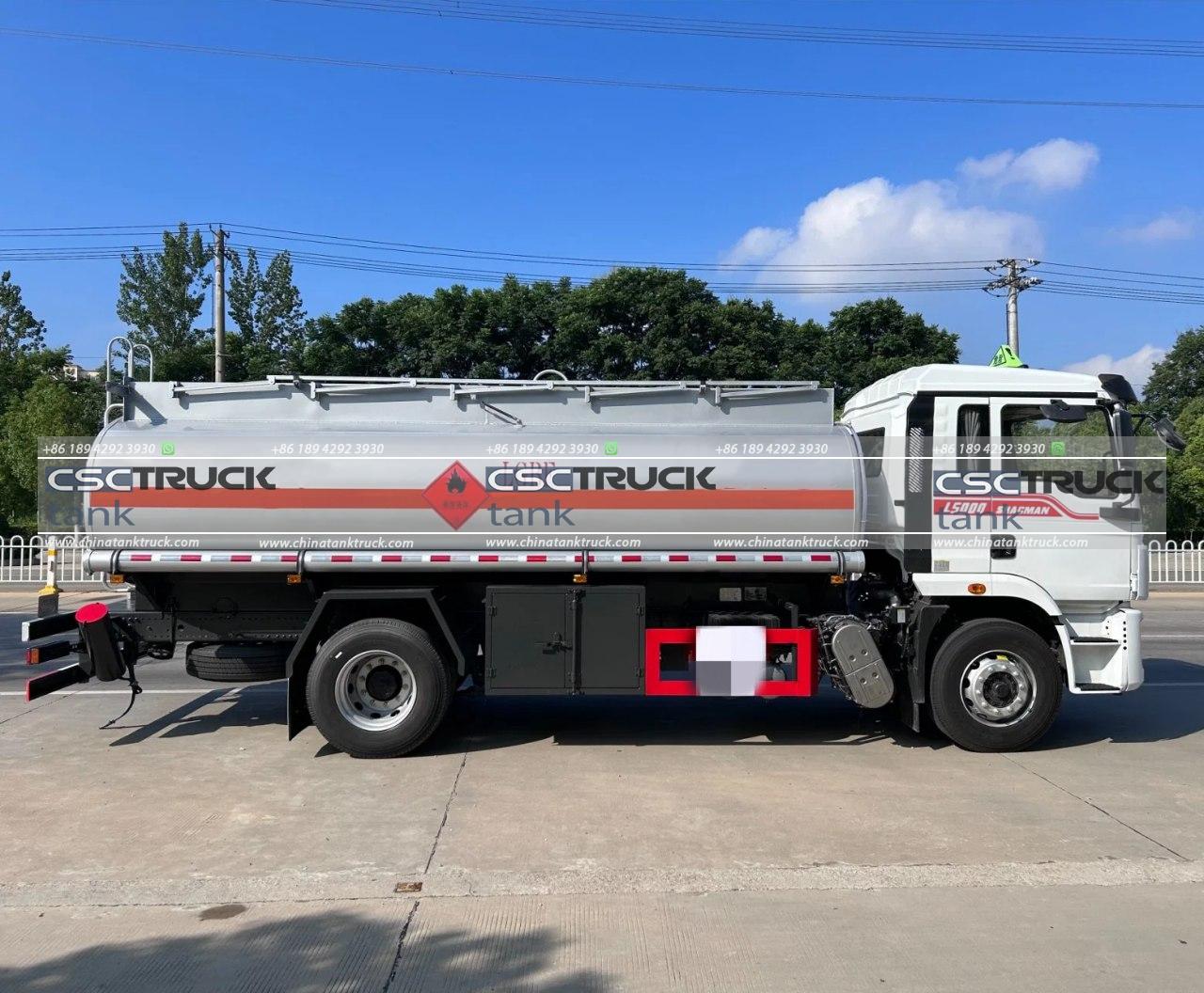How Much Fuel Can a Tanker Truck Carry?
Fuel tanker trucks play an essential role in transporting gasoline, diesel, aviation fuel, and other liquid substances across cities, states, and countries. These trucks are designed with specific technical features to ensure the safe and efficient transport of large quantities of liquid fuel. The capacity of a fuel tanker truck depends on various factors, including its size, design, and regulations. This article delves into how much fuel these trucks can carry, the types of tanker trucks, design considerations, and the factors that influence their capacity.
Understanding Tanker Truck Types
Fuel tanker trucks come in a variety of sizes and configurations, each tailored to specific needs. The amount of fuel a tanker truck can carry depends on its type and size. Broadly, tanker trucks are classified into three main categories:
1. Small Tanker Trucks
These are typically used for local deliveries within cities or industrial facilities. Small tanker trucks have a capacity ranging from 1,000 to 3,000 gallons (3,785 to 11,356 liters). They are often used to deliver fuel to gas stations, construction sites, or small airports. Their compact size and agility allow them to navigate narrow streets and confined spaces.
2. Medium Tanker Trucks
Medium-sized tanker trucks can carry between 3,000 and 5,000 gallons (11,356 to 18,927 liters) of fuel. They are versatile and can serve both local and regional distribution needs. These trucks are commonly seen refueling multiple gas stations in a single trip.
3. Large Tanker Trucks (Highway Tankers)
Large fuel tankers are built for long-haul transportation and have a capacity of 5,000 to 11,600 gallons (18,927 to 43,910 liters). These trucks often transport fuel over long distances, connecting refineries to distribution hubs or storage terminals. Their larger size requires better infrastructure and spacious roadways.
In some cases, even larger capacities are achieved by using multi-trailer configurations such as B-doubles or road trains, particularly in countries like Australia and the United States.

Factors Influencing Tanker Truck Fuel Capacity
Several factors influence the fuel capacity of tanker trucks, including the following:
1. Tank Design and Shape
Fuel tanker trucks are designed with cylindrical tanks because this shape can handle the internal pressure of the liquid during transport efficiently. The tank’s length, diameter, and number of compartments all influence its capacity. Larger tanks usually have multiple compartments to reduce liquid movement, known as “sloshing,” during transit.
2. Weight Limits and Axle Configurations
Laws and regulations impose weight restrictions on tanker trucks to ensure road safety. In the U.S., the Federal Bridge Formula governs how much weight each axle can carry. For example, a large tanker truck may have multiple axles to distribute weight evenly, enabling it to carry up to 80,000 pounds (36,287 kilograms) of gross vehicle weight. In Europe, similar weight limits exist, but configurations may vary.
3. Liquid Type and Density
The density of the transported liquid also determines the truck’s capacity. For example, gasoline is less dense than diesel, meaning a tank can carry slightly more volume of gasoline within the same weight limit. Conversely, denser fuels or liquids, such as heating oil, may reduce the total volume carried.
4. Regulatory Compliance
Tanker trucks are subject to stringent safety regulations, which often dictate tank size and material. Regulations from organizations like the Department of Transportation (DOT) in the U.S. or the European Agreement concerning the International Carriage of Dangerous Goods by Road (ADR) ensure safe transport, influencing design choices.
5. Material of Construction
The tanks are typically constructed using aluminum, steel, or stainless steel, depending on the fuel type being carried. Aluminum is lightweight and corrosion-resistant, making it ideal for carrying gasoline. Stainless steel is preferred for more corrosive substances or chemicals.
Real-World Examples of Tanker Truck Capacities
Here are a few examples of tanker trucks and their typical fuel capacities:
1. Petroleum Tankers for Gas Stations
A typical highway fuel tanker used to supply gas stations can carry approximately 9,000 to 11,600 gallons of gasoline. These trucks are designed with multi-compartment tanks, enabling them to transport different fuel grades in a single trip.
2. Aviation Fuel Tankers
Tanker trucks used for delivering jet fuel to airports usually have capacities between 5,000 and 10,000 gallons, depending on the airport’s requirements and the truck’s design.
3. Road Trains in Australia
In Australia, road trains consisting of 3 or more trailers can carry up to 36,000 gallons (136,275 liters) of fuel. These setups are critical for transporting fuel to remote mining sites or outback communities.

Safety Features in Fuel Tanker Trucks
Transporting fuel poses significant safety challenges, making it imperative for tanker trucks to include advanced safety features. These features indirectly influence the truck’s capacity:
1. Multiple Compartments
Tanker trucks often have multiple compartments within the tank. These compartments minimize sloshing, which can destabilize the truck during transit. Compartments also allow trucks to carry different fuel types or grades.
2. Emergency Valves and Pressure Relief Systems
Safety valves and pressure relief systems are installed to prevent leaks, explosions, or structural failure in the event of an accident.
3. Spill Containment Measures
Modern tanker trucks are equipped with spill containment systems, such as rollover protection and under-run protection, to mitigate fuel spills.
4. Fire-Resistant Materials
Insulation and fire-resistant materials are used in tank construction to minimize the risk of ignition.
Challenges and Future Trends
The fuel transport industry faces challenges such as rising fuel costs, environmental concerns, and evolving regulations. These factors are pushing for innovations in tanker truck designs and fuel transportation practices.
1. Alternative Fuels and Electric Tanker Trucks
As the world shifts toward renewable energy, tanker trucks may be adapted to carry alternative fuels like biodiesel, hydrogen, or liquefied natural gas (LNG). Moreover, the adoption of electric trucks with specialized tank systems is on the rise.
2. Improved Efficiency
Advances in materials science, such as the use of lightweight composites, are enabling higher payloads while adhering to weight restrictions. Optimized aerodynamics in truck designs also contribute to better fuel economy.
3. Automation and Smart Technology
Tanker trucks are increasingly equipped with IoT sensors and automated systems for real-time monitoring of fuel levels, pressure, and temperature. These technologies enhance operational efficiency and safety.

Conclusion
The fuel capacity of a tanker truck varies significantly, from smaller trucks carrying just 1,000 gallons for local deliveries to large highway tankers capable of hauling over 11,600 gallons for long distances. These capacities depend on a combination of design considerations, regulatory compliance, and operational needs.
Understanding the technical and logistical aspects of tanker truck operations is critical for industries reliant on liquid fuel transport. With ongoing innovations, the tanker truck industry is poised to become even more efficient, safe, and environmentally friendly, meeting the demands of a rapidly changing world.


